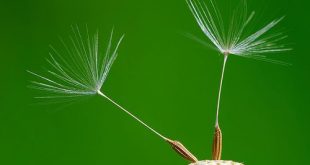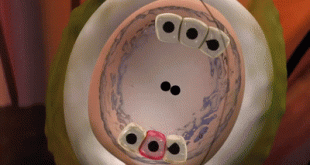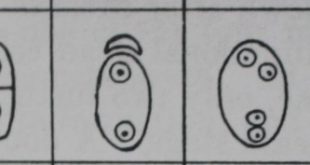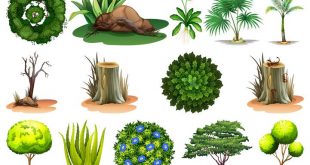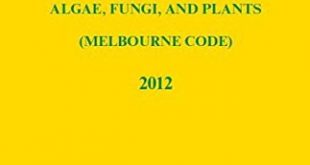Apomixis maybe defined (Winkler, 1908, 1934) as the substitution for sexual reproduction (amphimixis) of an asexual process which does not involve any nuclear fusion. For the sake of convenience it may be subdivided into four classes. Non-recurrent apomixis Recurrent apomixis Adventive embryony Vegetative propagation Non-recurrent apomixis In the first, or …
Read More »Steps of Fertilization
Fertilization is the union of male and female gametes to produce a zygote. There are several steps of fertilization. They are described below. Germination of Pollen. The course of the pollen tube. Entry of pollen tube into the ovule. Entry of pollen tube into the embryo sac. Gametic fusion. Germination …
Read More »Female Gametophyte: The Embryo Sac with Its Types
The angiosperm female gametophyte is critical for plant reproduction. It contains the egg cell and central cell that become fertilized and gives rise to the embryo and endosperm of the seed, respectively. Female gametophyte development begins early in ovule development with the formation of a diploid megaspore mother cell that …
Read More »Nemec Phenomenon: Embryo Sac Like Pollen Grain
In 1898, Nemec noted that in the petaloid anthers of Hyacinthus orientalis, the pollen grains sometimes form large eight-nucleate structures showing a surprising resemblance to embryo sacs. He believed that they arose as the result of a degeneration of the generative nucleus and three divisions of the vegetative nucleus of …
Read More »Discovery about the Male, Female Gametophytes & Syngamy
Among early students of the development of pollen, Hofmeister (1848) presented some surprisingly good illustrations of the process of tetrad formation (microspore tetrad), and Reichenbach, Hartig and several other workers noted the presence of two nuclei in whole mounts of the mature pollen grains of several angiosperms. Discovery of nature …
Read More »Pollen Tube Discovery by G. B. Amici
A pollen tube is a tubular structure produced by the male gametophyte (pollen grain) of seed plants when it germinates at the top of the stigma. It’s elongation is an integral stage in the plant life cycle as it brings the sperm nuclei towards the ovule and causes to happen fertilization. …
Read More »Biosystematics: Steps and Categories
The steps in the biosystematic investigation are as follows A sampling of taxon and its population and cytological study of the chromosome of many populations within geographical races, species, and genera; differences in chromosome number, morphology, and behavior of meiosis indicated genetic differences. Determination of the ability of the different …
Read More »Views on Species Concept
Species is the basic & smallest whit of classification which is represented by binomial nomenclature according to ICBN. Two individuals with maximum similarities which can interbred among themselves & produce fertile individual & also can exchange gene are called Species. A Species concept is a concept that is the production …
Read More »IUCN Red List Categories
The International Union for Conservation of Nature’s Red List of Threatened Species Established in 1964, has evolved to become the world’s most comprehensive information source on the global conservation status of animal, fungi and plant species. The IUCN Red List is a critical indicator of the health of the world’s …
Read More »Division II: Rules and Recommendation
Melbourne Code Division II: Rules and Recommendation Chapter II: STATUS, TYPIFICATION, AND PRIORITY OF NAMES Section I: Status Definitions Article 6 (*Some articles are cropped to avoid more detailed info unnecessary in our level. If you wish, you can read the full code from the link here: Melbourne Code) 6.1. Effective …
Read More » Plantlet The Blogging Platform of Department of Botany, University of Dhaka
Plantlet The Blogging Platform of Department of Botany, University of Dhaka
